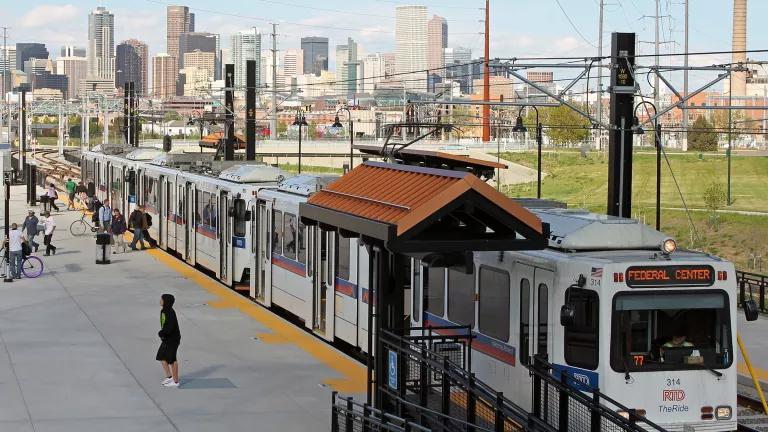Congress Must Pass the Investing in State Energy Act

Winter is here. Thankfully, for more than four decades the federal Weatherization Assistance Program (WAP) has delivered funding to upgrade more than 7 million low-income homes by making them more energy efficient, preparing them for the cold and saving owners as well as residents hard-earned money.
The program serves about 35,000 households annually and functions in tandem with the State Energy Programs (SEP) to deliver energy efficiency improvements that provide much-needed relief to low-income people. (The Alliance to Save Energy (ASE) does a solid job of explaining these complementary programs here).
The “Investing in State Energy Act,” just introduced by Sens. Jeanne Shaheen (D-NH), Susan Collins (R-ME), Jack Reed (D-RI) and Chris Coons (D-DE), has a simple, important purpose: requiring that the Department of Energy (DOE) distribute funding appropriated for WAP and SEP by Congress to implementing agencies within 60 days (click here to see Sen. Shaheen’s press release about it). The money supports both energy efficiency upgrades, such as sealing air leaks, and renewable energy initiatives such as cost-effective solar heat and hot water, and solar electricity as complements to the energy efficiency projects currently central to WAP’s work.
In December, the bill’s sponsors were among those urging DOE to release guidance—the first step in the funding process—to help WAP grantees develop state plans for the upcoming program year, noting the agency had missed a Nov. 30 deadline to do so. The guidance was finally released on December 18.
Why the program is so important
This video on the DOE web site features scenes from weatherization projects and interviews with implementers who helpfully explain the weatherization program’s value:
This program is really important because energy costs place an unusually high burden on low-income households, as recent analyses by the American Council for an Energy Efficient Economy (ACEEE) and Energy Efficiency for All (EEFA) shows. This is true for both urban and rural America. According to studies by ACEEE and EEFA, the median low-income household in large cities spent 7.2 percent of its income on energy, twice as much as the median for all households (3.5 percent). Another EEFA/ACEEE report indicates that rural households have a median energy burden of 4.4 percent with rural low-income households worse off, having to shoulder a median energy burden of 9 percent.
Mounting evidence shows that burdens such as these have huge negative effects on people’s lives. In his 2017 book Behave: The Biology of Humans at Our Best and Worst, Stanford Professor Robert Sapolsky sums this up in prose that packs a punch:
Humans committed themselves to a unique trajectory when we invented socioeconomic status. In terms of its caustic, scarring impact on minds and bodies, nothing in the history of animals being crappy to one another about status differences comes within light-years of our invention of poverty.
(p. 476)
We’re proud to join ACEEE, ASE, and other groups in supporting the Investing in State Energy Act, Senate Bill 185. A bill by the same name with the same co-sponsors was introduced in 2017, but never became law.
Speedy delivery of these weatherization investments is crucial to tackling the energy burdens of affordable housing owners and residents, and we urge Congress to pass this bill quickly. Winter is here, and we can help prepare the homes of low-income people so they can weather it well.


